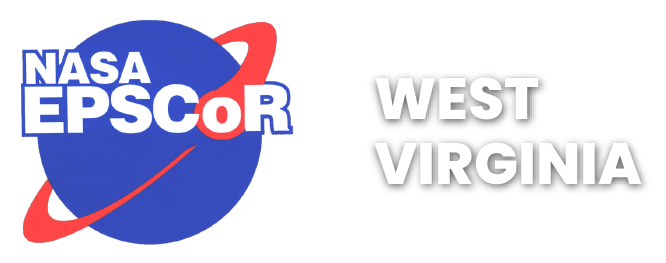WVU engineers address NASA’s problems through artificial intelligence
Posted on January 14, 2022 by
Ali Baheri and Piyush Mehta, professors in the Department of Mechanical and Aerospace Engineering at West Virginia University, have received a $100,000 grant from NASA EPSCoR Rapid Response Research (R3) program to explore the use of artificial intelligence and machine learning techniques for onboard fault diagnosis of spacecraft.
“The content of this research aims to discover the most likely faults and scenarios in a simulated environment before deploying a decision-making system into the real-world,” Baheri said. “Many autonomous systems operate in unstructured, chaotic, and rapidly changing environments. Operating in such a disorderly situation, there is often a considerable possibility of system or component malfunction in these systems, and therefore, reasoning about their safety behaviors and understanding the source of faults remains an important direction for research.”
“The research will focus on the use cases on NASA operational simulator for small satellites as a suite of tools developed by NASA’s Katherine Johnson Independent Verification and Validation Facility where the goal is testing and verifying the AI-enabled control models, the ‘system under test’,” said NASA WV EPSCoR, Director, Dr. Melanie Page.
Abnormal operations, or malfunctions, of subsystems caused by component failures in an autonomous satellite cause it to enter what is known as a safe mode. While in this operation mode, the command and data handling subsystem shuts down all non-essential functions and components, such as scientific instruments, and waits for a state-exiting command sequence from ground control, after manual fault diagnosis and analysis. In the interim, all science data collection is halted and lost.
Currently, space crafts have an up-link/down-link communication paradigm to and from a ground station. Some dependencies and issues pertaining to this communication method are time delay, bandwidth, proximity and data loss. For these reasons, it is not efficient to depend on this communication method to take a spacecraft out of safe mode, which thereby establishes the need for an onboard fault detection and diagnosis mechanism.
“An AI and ML based on-board fault detection and diagnosis mechanism would be able to save valuable science data as well as other resources by allowing spacecraft to make predictions and decisions onboard a mission without the need for ground communication,” Baheri said.
Baheri and Mehta said that current onboard fault mitigation techniques utilize automated methods, where faults are triggered by canned, predetermined logic and threshold-based rules, placing the spacecraft or instrument suite in a safe mode state. Most of the previous literature focuses on logic-based approaches and/or preemptively engineered causal graphs or trees. While these are highly successful methods for fault detection and diagnosis, they can usually only account for nominal faults, not so much as anomalous, never seen before, faults. As a result, the focus of this research is on the handling of anomalous faults while also taking nominal faults into account.
The current research direction that is being taken towards solving this problem is through the training of reinforcement learning agents. This choice was made because there is very little literature pertaining to the use of reinforcement learning with telemetry data for fault detection and diagnosis, which implies that the potential of reinforcement learning has not been explored as much as it needs to be. In addition, reinforcement learning shifts the paradigm of AI from prediction to decision-making, and that is quite useful for this application.
“This research approach has opened a window of opportunity for interaction with top scientists at Goddard and NASA headquarters,” said Page. “In the fast advancements of artificial intelligence, it is essential to develop new approaches for analysis and discovery.”
Baheri and Mehta are planning to introduce educational and training activities within the project and have proposed to organize a year of AI and ML education, training, and networking events. While recruitment is on-going, the team will organize webinars to explain the current challenges, learn collectively through literature and develop new perspectives and approaches. Towards the end of the project, pending COVID regulations, a weeklong hack week will be hosted at WVU
Further research and testing are being performed on these algorithms at this time, and results are expected soon. Joining Baheri and Mehta on the project is Lunet Yifru, a master’s student in mechanical engineering in the Statler College.
The research was made possible by NASA Grant # 80NSSC21M0140.
This entry was posted in Benjamin M. Statler College of Engineering and Mineral Resources, NASA R3, NASA RID, NASA RI.


